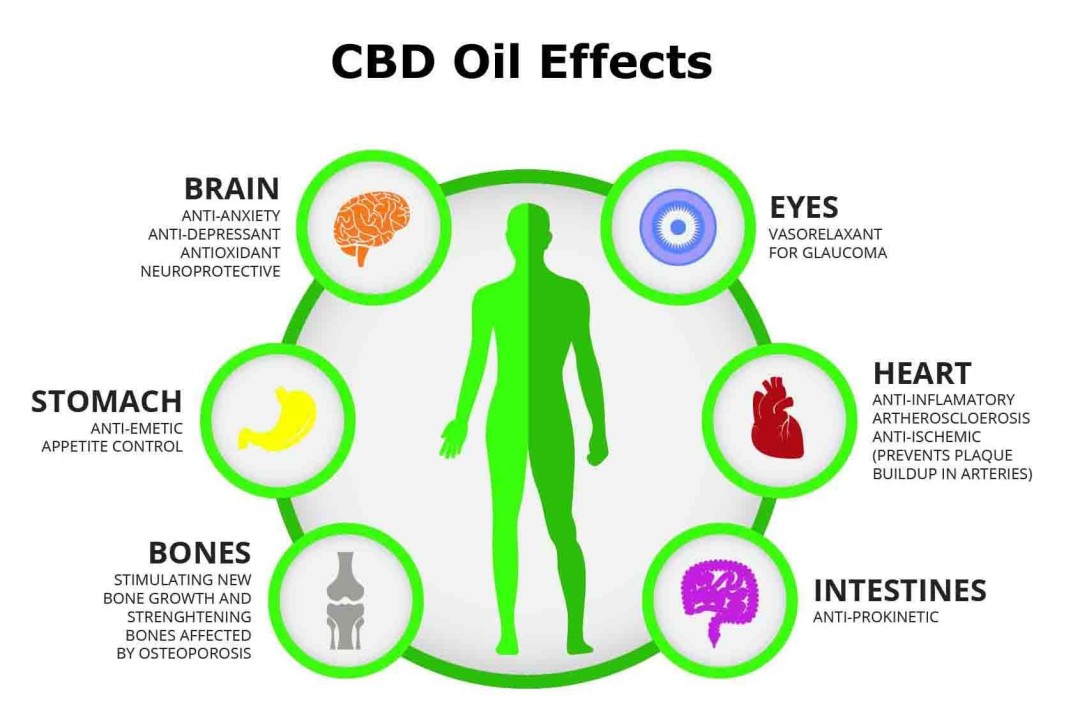The smart Trick of Green Dr Cbd That Nobody is Talking About
Table of ContentsSome Ideas on Green Dr Cbd You Need To KnowThe Of Green Dr CbdThe Best Strategy To Use For Green Dr CbdWhat Does Green Dr Cbd Do?
The most usual conditions for which clinical cannabis is utilized in Colorado and Oregon are discomfort, spasticity linked with multiple sclerosis, queasiness, posttraumatic tension condition, cancer cells, epilepsy, cachexia, glaucoma, HIV/AIDS, and degenerative neurological problems (CDPHE, 2016; OHA, 2016 (dr cbd). We included in these problems of interest by checking out lists of qualifying conditions in states where such use is legal under state legislationThe board realizes that there may be other conditions for which there is evidence of efficacy for cannabis or cannabinoids (https://www.twitch.tv/greendrcbd/about). In this chapter, the board will review the findings from 16 of one of the most current, great- to fair-quality organized evaluations and 21 key literature posts that best address the committee's research inquiries of interest

For instance, Light et al. (2014 ) reported that 94 percent of Colorado medical cannabis ID cardholders showed "extreme discomfort" as a clinical condition. Ilgen et al. (2013 ) reported that 87 percent of participants in their research study were seeking medical marijuana for pain relief. Additionally, there is proof that some people are changing making use of standard discomfort medicines (e.g., narcotics) with cannabis.
How Green Dr Cbd can Save You Time, Stress, and Money.
Similarly, recent evaluations of prescription data from Medicare Component D enrollees in states with clinical access to marijuana recommend a considerable reduction in the prescription of standard pain medications (Bradford and Bradford, 2016). Integrated with the study information suggesting that discomfort is one of the key reasons for making use of medical marijuana, these recent records suggest that a variety of pain people are replacing making use of opioids with cannabis, regardless of the truth that marijuana has not been accepted by the U.S.
5 good- to fair-quality methodical testimonials were recognized. Of those five evaluations, Whiting et al. (2015 ) was the most extensive, both in terms of the target medical conditions and in terms of the cannabinoids examined. Snedecor et al. (2013 ) was narrowly focused on pain related to spine cable injury, did not include any type of research studies that used cannabis, and just recognized one research study investigating cannabinoids (dronabinol).

Our Green Dr Cbd Ideas
For the purposes of this discussion, the main source of information for the effect on cannabinoids on persistent discomfort was the evaluation by Whiting et al. (2015 ). Whiting et al. (2015 ) consisted of RCTs that compared cannabinoids to typical care, a sugar pill, or no therapy for 10 problems. Where RCTs were not available for a condition or outcome, nonrandomized studies, consisting of unrestrained research studies, were thought about.
( 2015 ) that specified to the effects of breathed in cannabinoids. The extensive screening approach made use of by Whiting et al. (2015 ) brought about the recognition of 28 randomized trials in patients with persistent pain (2,454 participants). Twenty-two of these tests assessed plant-derived cannabinoids (nabiximols, 13 trials; plant blossom that was smoked or vaporized, 5 tests; THC oramucosal spray, 3 tests; and oral THC, 1 test), while 5 trials evaluated artificial THC (i.e., nabilone).
The medical problem underlying the chronic pain was most often pertaining to a neuropathy (17 tests); other problems included cancer cells pain, numerous sclerosis, rheumatoid arthritis, bone and joint problems, and chemotherapy-induced pain. Evaluations throughout 7 tests that evaluated nabiximols and 1 that examined the effects of breathed in cannabis recommended that plant-derived cannabinoids increase the probabilities for improvement of discomfort by roughly 40 percent versus the control problem (odds proportion [OR], 1.41, 95% self-confidence interval [CI] = 0.992.00; 8 tests).
Only 1 trial (n = 50) that analyzed inhaled cannabis was included in the effect size estimates from Whiting et al. (2015 ). This study (Abrams et al., 2007) Indicated that cannabis minimized discomfort versus a sugar pill (OR, 3.43, 95% CI = 1.0311.48). It deserves keeping in mind that the impact size for breathed in marijuana is regular with a separate current testimonial of 5 tests of the result of breathed in cannabis on neuropathic discomfort (Andreae et al., 2015).
Green Dr Cbd Can Be Fun For Anyone
There was likewise some evidence of a dose-dependent impact in these studies. In the enhancement to the testimonials by Whiting et al. (2015 ) and Andreae et al. (2015 ), the board identified 2 additional researches on the impact of marijuana flower on acute discomfort (Wallace et al., 2015; Wilsey et al., 2016).
The other research discovered that vaporized cannabis blossom minimized pain but did not discover a significant dose-dependent result (Wilsey et al., 2016 - https://www.imdb.com/user/ur180880576/?ref_=nv_usr_prof_2. These 2 researches follow the previous testimonials by Whiting et al. (2015 ) and Andreae et al. (2015 ), recommending a decrease suffering after cannabis administration. Most of researches on discomfort mentioned in Whiting et al.
In their testimonial, the board located that just a handful of research studies have evaluated using marijuana in the United States, and all of them reviewed cannabis in flower kind given by the National Institute on Substance Abuse that was either vaporized or smoked. On the other hand, several of the cannabis items that are offered in state-regulated markets bear little similarity to the products that are offered for research study at the government level Get the facts in the United States.